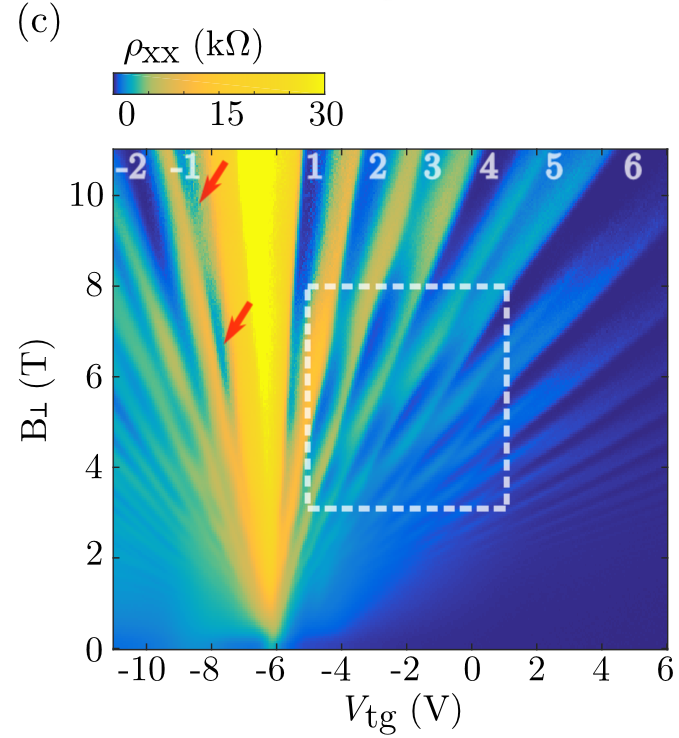MBE Antimonide
Sb-based III/V semiconductor heterostructures
2D topological insulator

Composite quantum wells (CQWs) consisting of InAs and GaSb feature a type-II broken band-gap lineup where, for appropriate layer widths, the lowest electron band of InAs lies energetically close to the uppermost hole band of GaSb. This leads to a hybridization of the electron and hole states and the opening of an energy gap at the band crossings due to spin-orbit coupling. This gives rise to the quantum spin Hall effect (QSHE), a topologically nontrivial state in which the bulk of the sample is insulating with helical, dissipationless conducting channels at the sample edge. These channels are protected against elastic backscattering in the presence of time-reversal symmetry [Liu08,Hasan10]. Applications in spintronics of these so-called 2D topological insulators are of special interest because of the helicity of the edge channels. Topological quantum computing might be possible due to the theoretically predicted appearance of Majorana zero modes with non-Abelian exchange statistics [Nayak08].

Indium antimonide quantum wells
A different project depending on Sb-based III/V heterostructures is the growth of indium antimonide (InSb) quantum wells sandwiched by InAlSb barrier layers. The properties of bulk InSb, such as the smallest electron effective mass and narrowest band gap of all the binary III/V semiconductor compounds, together with its heavy constituent atoms, result in an inherently large spin-orbit interaction, a large Landé g-factor of around -70, extraordinary magnetoresistance, and a high intrinsic electron mobility at room temperature. These properties are also present in two-dimensional systems formed with InSb quantum wells (QWs) [Khodaparast04,Solin00], which therefore offer exciting opportunities for device applications like high-speed transistors [Orr07,Ashley95], magnetic field sensors [Heremans93], and long-wavelength infrared detectors. More fundamentally, the possibility of InSb being a host of Majorana bound states has attracted increasing interest in this material system [Mourik12].
[Liu08]: C. Liu, T. L. Hughes, X.-L. Qi, K. Wang and S.-C. Zhang, Phys. Rev. Lett. 100, 236601 (2008).
[Hasan10]: M. Z. Hasan and C. L. Kane, Rev. Mod. Phys. 82, 3045 (2010).
[Nayak08]: C. Nayak, A. Stern, M. Freedman and S. Das Sarma, Rev. Mod. Phys. 80, 1083 (2008).
[Khodaparast04] : G.A. Khodaparast, R. E. Doezema, S. J. Chung, K. J. Goldammer and M. B. Santos, Phys. Rev. B 70, 155322 (2004).
[Solin00]: S.A. Solin, T. Thio, D. R. Hines and J. J. Heremans, Science 289, 1530 (2000).
[Orr07]: J.M.S. Orr, P. D. Buckle, M. Fearn, C. J. Storey, L. Buckle and T. Ashley, New Journal of Physics 9, 261 (2007).
[Ashley95]: T. Ashley, A. B. Dean, C. T. Elliott, G. J. Pryce, A. D. Johnson and H. Willis, Appl. Phys. Lett. 66, 481 (1995).
[Heremans93]: J. J. Heremans, D. L. Partin, C. M. Thrush and L. Green, Semicond. Sci. Technol. 8, S424 (1993).
[Mourik12]: V. Mourik, K. Zuo, S. M. Frolov, S. R. Plissard, E. P. A. M. Bakkers and L. P. Kouwenhoven, Science 336, 1003 (2012).